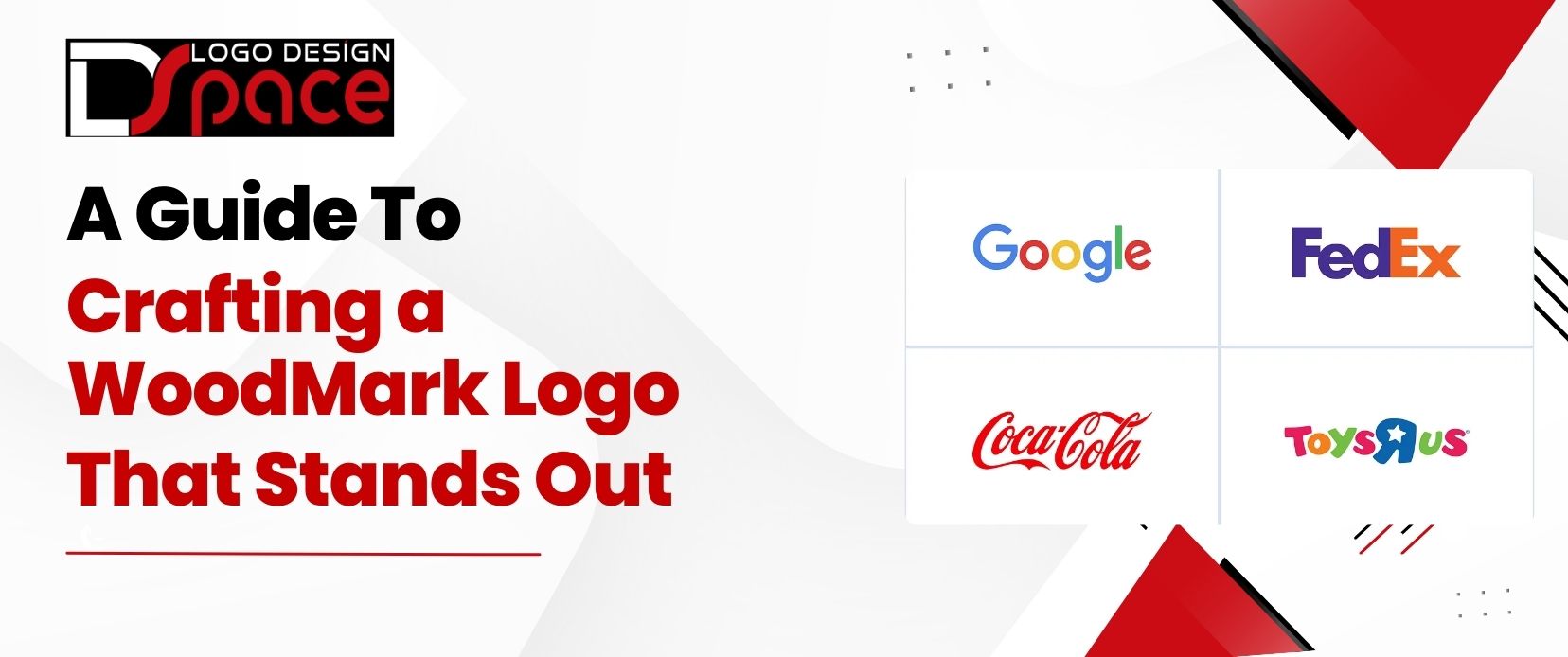- Our Services
Brand Identity
Website Design
Print Media
Brand Identity
Website Design
Print Media
Packaging Design
- Pricing
Brand Identity
Website Design
Print Media
Brand Identity
Website Design
Print Media
Packaging Design
- Portfolio
- About Us
- Our Team
- Our Reviews
- Blogs

A Beginner’s Guide to Crafting a Woodmark Logo That Stands Out
In today’s visually driven marketplace, a well-designed logo is a fundamental aspect of a brand’s identity. Among various styles, a woodmark logo—a design that incorporates elements of wood or wood texture—has gained popularity for its rustic charm and natural appeal. This beginner’s guide will help you understand the essential steps and tips for creating a stunning woodmark logo that not only reflects your brand’s values but also resonates with your target audience.
What is a Woodmark Logo?
A woodmark logo is a unique blend of typography and wood textures or imagery, often conveying a sense of tradition, craftsmanship, and authenticity. These logos are particularly popular among businesses in the food, outdoor, and artisanal sectors, where a connection to nature and quality materials is essential. Think of brands that promote organic products or handmade crafts; their logos often feature wood elements to emphasize their commitment to natural, sustainable practices.
Why Choose a Woodmark Logo?
Natural Aesthetic: Woodmark logos evoke feelings of warmth and familiarity. They often resonate well with audiences who appreciate craftsmanship and the outdoors.
Versatility: These logos can work in various contexts, from packaging to digital platforms. Their organic look can complement both modern and vintage branding styles.
Storytelling: A woodmark logo allows businesses to tell their story through design. It can reflect the materials used in products, the ethos of the company, or the environment from which it draws inspiration.
Steps to Crafting a Memorable Woodmark Logo
1. Define Your Brand Identity
Clarifying what your brand stands for is essential before beginning the creative process. Consider these questions:
What values does your brand uphold?
Who is your target audience?
What message do you want to convey through your logo?
Defining your brand identity will guide your design choices and ensure your woodmark logo aligns with your overall branding strategy.
2. Research and Gather Inspiration
Look for inspiration from successful woodmark logos in your industry. Analyze what makes them effective. Consider elements like:
Color Palette: Earthy tones, such as browns, greens, and tans, often work well for woodmark logos.
Typography: Choose fonts that evoke the right mood—serif fonts can convey tradition, while sans-serif fonts may feel more modern.
Textures and Patterns: Incorporate wood textures to add depth and visual interest.
Utilizing platforms like Pinterest or Behance can help you visualize ideas and concepts for your logo.
3. Choose the Right Design Elements
When crafting your woodmark logo, focus on key design elements:
Imagery: Consider integrating wood elements like trees, planks, or rustic patterns. These elements should resonates with your brand’s message
Typography: Your font choice is vital. It should be readable and complement the wood elements. Try a variety of font combinations until you discover the one that works best.
Color Schemes: Natural and warm colors will amplify the woodmark look.. Consider using gradients to add depth and dimension.
4. Sketch and Prototype Your Ideas
Start by sketching your logo ideas on paper. This can help you brainstorm and visualize different concepts. Once you have a few solid sketches, move to digital design software, such as Adobe Illustrator or Canva, to create prototypes.
5. Seek Feedback and Revise
Once you have a few drafts of your woodmark logo, share them with trusted friends, family, or even your target audience. The design process benefits greatly from constructive criticism.. Use this input to refine your logo until it perfectly captures your brand’s essence.
6. Finalize Your Logo Design
After making necessary adjustments, finalize your logo. Ensure you have different file formats (PNG, JPEG, SVG) for various applications, from print to digital use. Also, create a style guide detailing logo usage, color codes, and font specifications to maintain consistency across all branding materials.
Best Practices for Using Your Woodmark Logo
Versatility: Ensure your logo looks great in both color and monochrome versions. It should be adaptable for different backgrounds and materials.
Simplicity: While it’s tempting to include many elements, a simple design often has a more lasting impact.
Consistency: Use your logo consistently across all branding channels, including your website, social media, and packaging
Conclusion
Crafting a woodmark logo is an exciting journey that allows you to connect with your audience on a deeper level. By defining your brand identity, gathering inspiration, and following a structured design process, you can create a logo that stands out in a crowded market. Remember, your logo is often the first impression customers have of your business; make it count!
By employing effective design strategies, you can create a woodmark logo that not only looks stunning but also tells your brand’s unique story. As you embark on this creative process, remember that the most memorable logos are those that resonate with people emotionally. So, roll up your sleeves, tap into your creativity, and let your brand’s personality shine through in your woodmark logo!

